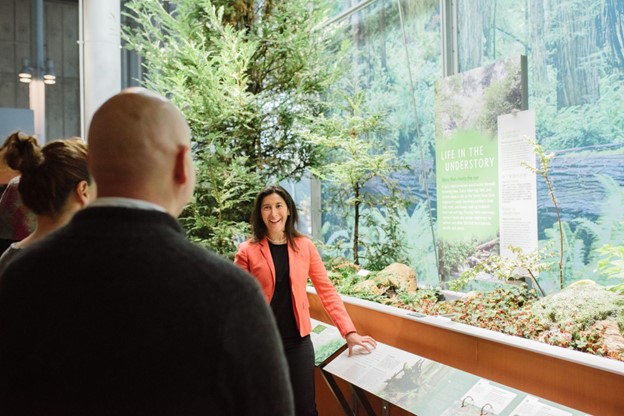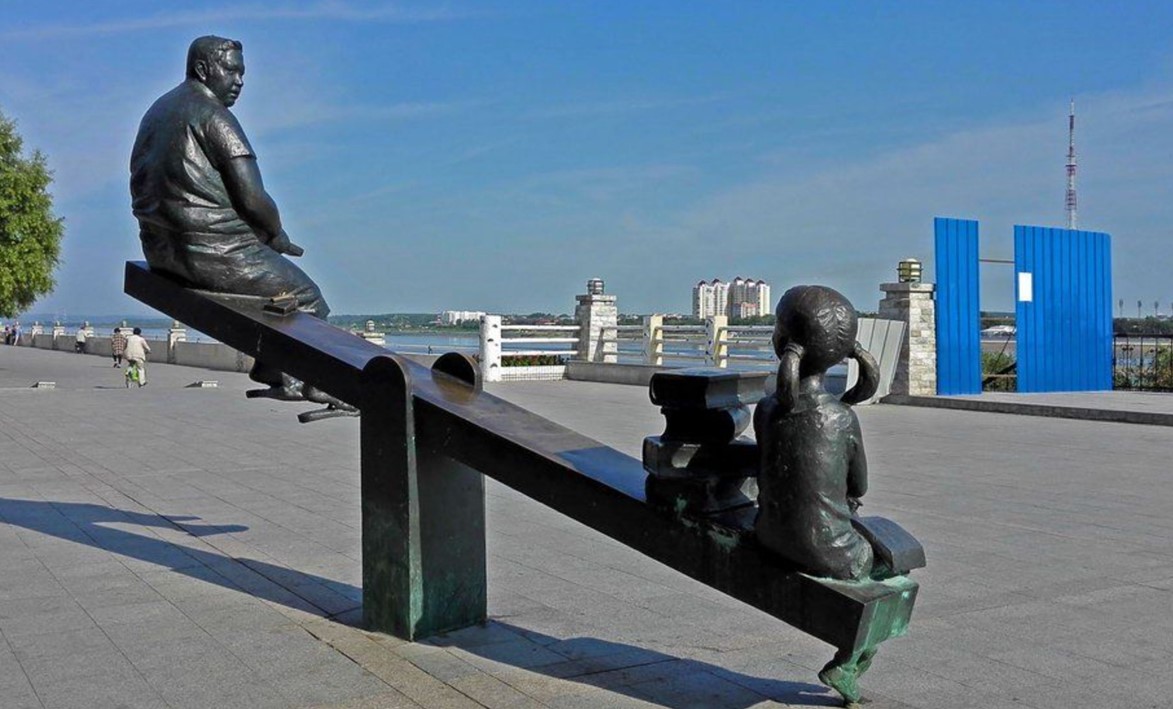Changing demographic situations and social values in Global North countries have resulted in a greater concentration of ethnic minorities in major cities, with some having “minority-majority populations’ where there is no longer a White majority. Science centers and museums, long considered go-to places for informal science learning, need to adapt to the shifting situation and ensure that their exhibits are diverse, equitable, accessible, and inclusive (DEAI). Many institutions are now embracing DEAI principles to bring learning to the wider public.
However, according to pedagogy and organizational change expert Amparo Leyman Pino, some institutions fall into the trap of creating and customizing programs and exhibits that cater very specifically to communities “at-promise”. While this seems like a great idea at first, Amparo says this approach erects silos rather than creating a sense of community, celebrating diversity, and providing different groups of people opportunities to learn about each other.
When overseeing museum exhibits and programs through her consultancy, Yellow Cow, Amparo’s goal is to break down silos and democratize science through inclusive science communication. She helps design inclusive learning environments, which are spaces where everyone is welcome, and dismantle the barriers to enjoyment and learning. This is a challenge, as institutions will have to create exhibits and programs that provide the same message and learning experience for everyone, despite the wide variety in audience attributes, such as gender, race, and language. For example, tactile exhibits provide an enjoyable experience for both visually impaired and sighted visitors. Furthermore, she advocates for clearly labeling what activities or abilities are involved in an exhibit. If it requires jumping or squatting, then visitors should be notified beforehand, and people who are unable to do it, such as wheelchair users, are encouraged to enjoy other parts of the exhibit.
“I was in Japan recently and a colleague showed me how they designed an exhibit that allowed wheelchair users to go all the way through. It was great, but it resulted in the table becoming taller to accommodate wheelchairs,” Amparo says. “I suggested that the exhibit provide a movable platform or stool to allow young children or people with dwarfism to see what was on top of the table. The goal of inclusive design is to ensure that as many people as possible can enjoy the exhibit, which is structured to provide an interactive learning experience that is coherent and similar for all visitors. Small gestures make a big difference to make everyone feel welcome.”
This is aided by the seven universal design principles, namely equitable use, flexibility of use, simple and intuitive use, perceptible information, tolerance for error, low physical effort, and size and space for approach.
For these initiatives to become successful, the institution must have mission-driven intentionality, which makes inclusiveness a goal for the entire institution. An organization must authentically practice inclusivity as a core functionality, where it is clearly stated in its mission, vision, and core values, as well as apparent in how it operates. To achieve this, all members of the organization, from the leadership to every staff member, should receive capacity-building and sensitivity training.
Amparo believes that inclusion should also be rooted in community partnerships, with institutions building deep, empowering, respectful, and long-term relationships with the community, particularly sectors of society that have been historically marginalized. This involves a continuous two-way conversation to help institutions genuinely understand the needs and preferences of voices and communities “at-promise”.
According to Amparo, her mission to improve DEAI in museums and science centers is a long-running endeavor. As many of these principles were not implemented in the past, most of her work focuses on remediation, which involves bringing existing exhibits up to today’s standards. However, she also hopes that the museum DEAI movement will continue making inroads into as many institutions as possible.
“As societal attitudes change, institutions that refuse to move with the times and remain exclusive and inaccessible will see declining attendance,” Amparo says. “People go where they are valued, so they will choose to go to a different exhibit, one that makes them feel included. I believe that this new pedagogy of DEAI will eventually become understood and embraced by everyone, and institutions will hopefully move beyond remediation, then to adaptation, and finally, innovation. Once institutions have incorporated everything they’ve learned, it becomes part of their DNA, and they will never design an exhibit that does not take into account all these steps.”







